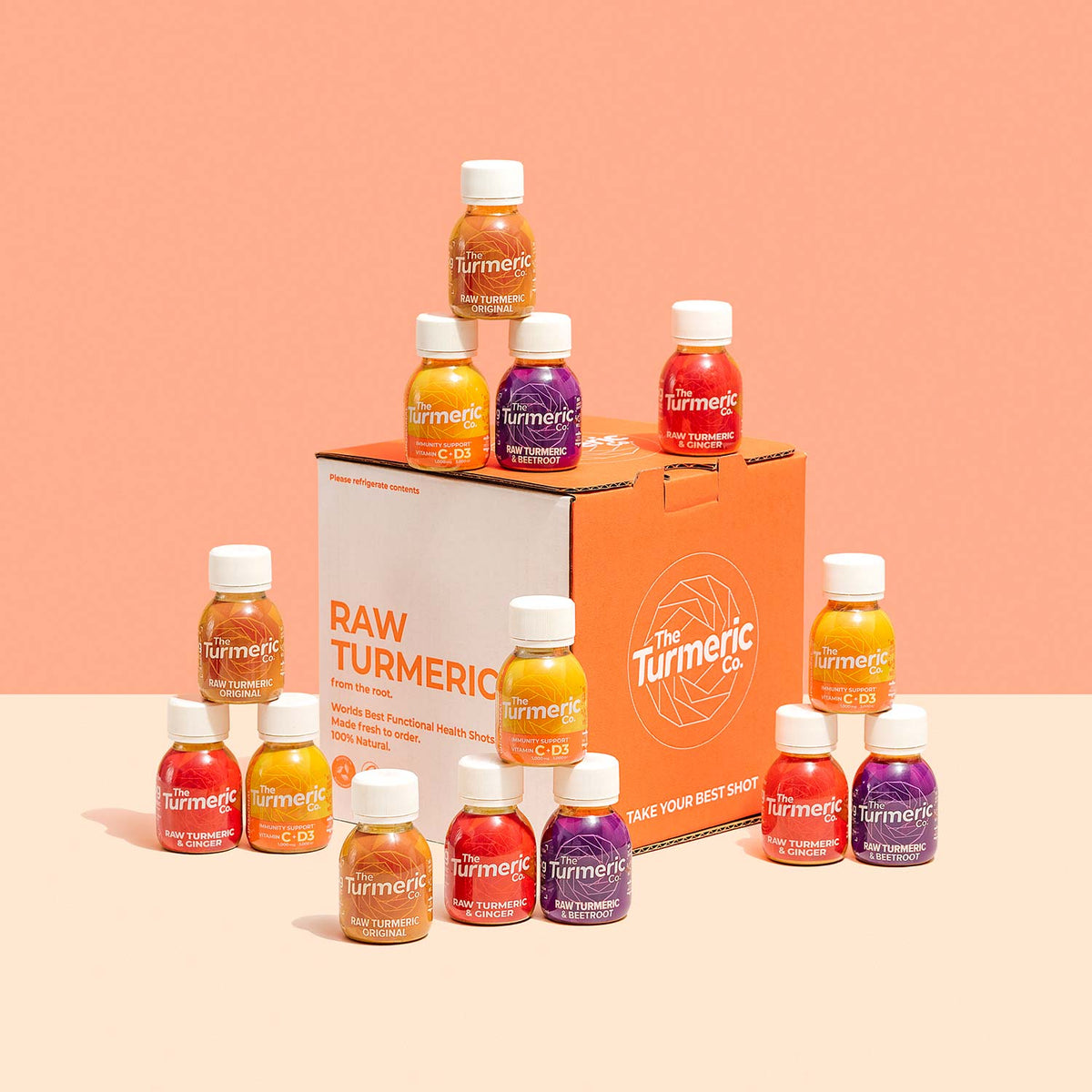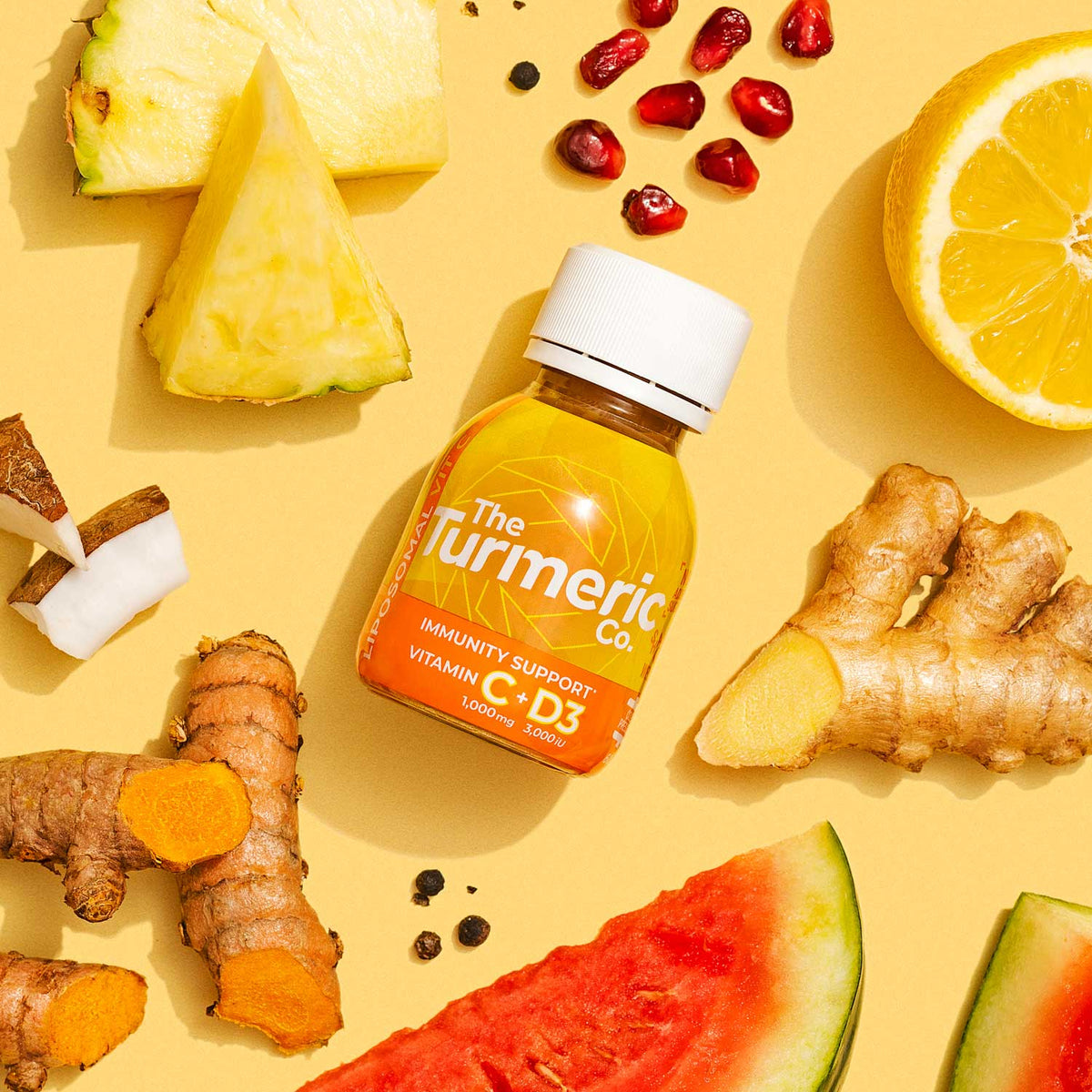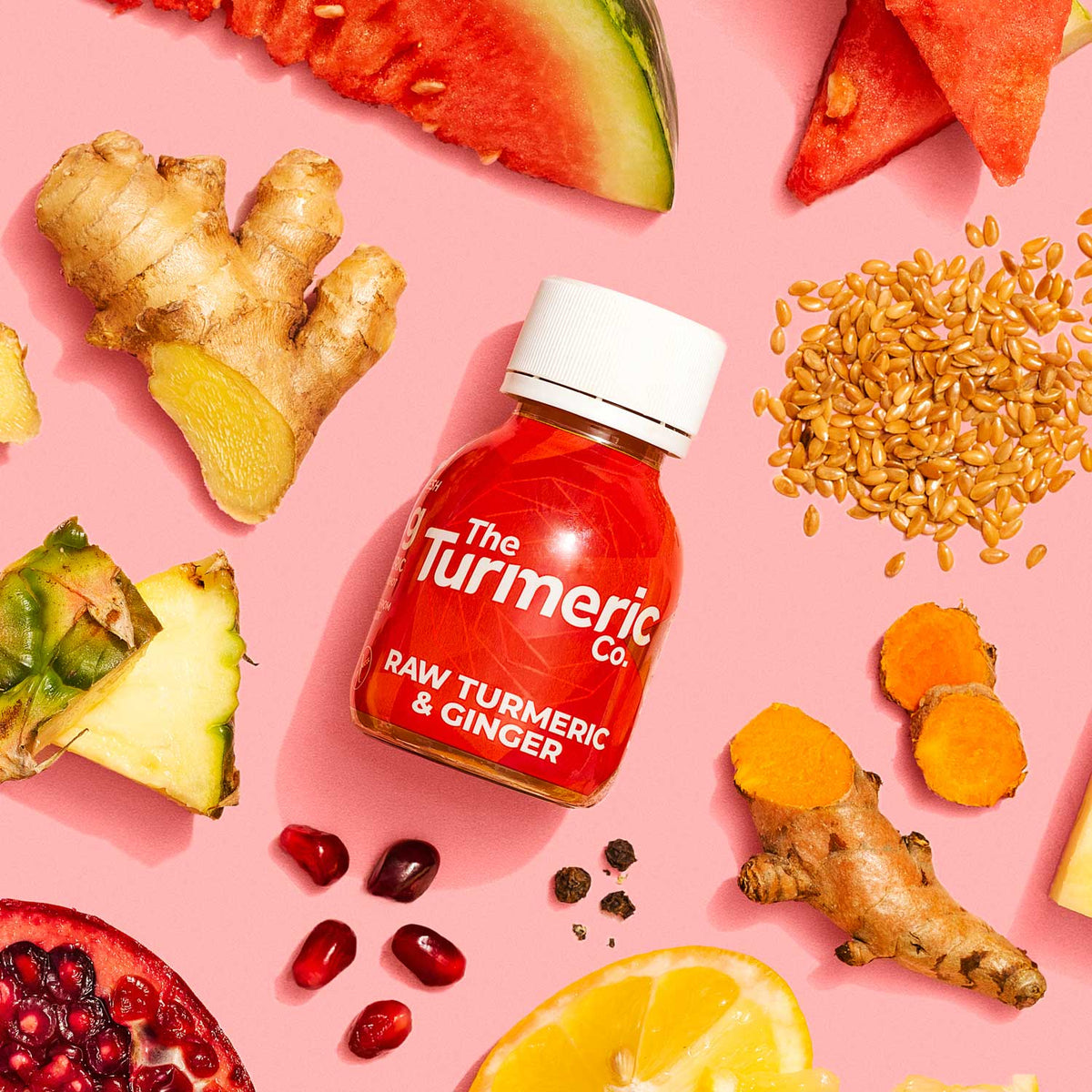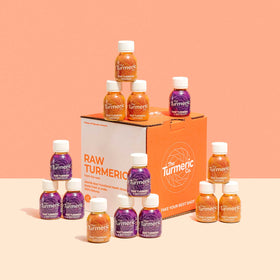Working our muscles to the peak of their physical capacity is how we get them to grow.
But there’s a fine line between a successful, effective workout and over-exertion.
Putting too much strain on your muscles can be detrimental, not only to your current training goals but to their permanent wellbeing, too.
This article will discuss different sports and the muscle groups they have the heaviest impact on, so you know exactly which injuries to watch out for and how to spot the warning signs and take preventative action.
Weightlifting
This includes traditional weightlifting, Olympic weightlifting, and powerlifting.
Lifting weights has an impact on more than just the muscle group you’re targeting. For example, bicep curls can put a strain on your shoulders, elbows and back too.
Back strain, shoulder tension and neck and spine stress can all lead to very painful injuries. If you’re feeling any pain or discomfort anywhere in your body while weightlifting, stop and rest immediately, as this could be your body warning you of an impending injury.
Never lift through pain that you aren’t used to, and if the pain is persistent seek medical attention before returning to the weight bench.
Contact ball sports
There are many injuries that can be induced from contact sports like football and rugby, ranging from fairly minor to severe.
Interestingly, some of the most minor injuries can feel very painful at first and can be walked off in minutes. It’s always best to err on the side of caution though – devastating injuries can rule you out of all sports for months, such as a cruciate ligament tear.
Slips, knocks and falls are a part of these games and there’s no use in being overly cautious!
Common injuries found in these sports are ankle sprains, hamstring and groin strains and tears, knee knocks, wrist sprains, and even the occasional concussion.
In professional football and rugby, a team of doctors and physios are constantly on standby. But in regular Sunday league games and grass-roots, your own initiative is what’s most important. If it hurts, stop, assess the situation, and make an educated decision. Don’t take any risks.
Gymnastics
While gymnasts are among the most supple and elegant sportspeople, gymnastics actually has one of the highest injury rates in sport.
When you’re physically throwing your body around and tying it in knots, the spectrum of injuries gets a little wider.
You can fracture bones in most sports if you’re unlucky, but very few gymnasts get away without a serious injury at some point in their career – there’s a reason they never train alone!
Preparing your body
For a start, stretching before any form of exercise is an absolute necessity. No matter how strict your schedule may be, you should always fit in a warm-up. This will prepare your body for any sharp jolts or sudden movements, as well as improve your agility.
Feeding your muscles the nutrients they require will go a long way to protecting you, too.
A diet rich in protein will help your muscles grow and recover. Other nutrients and supplements like vitamin C, vitamin D, zinc and fiber also aid in protecting and repairing the muscles before and after heavy impact. Adding a powerful natural anti-inflammatory too can greatly reduce the long-term damage sustained from high impact exercise.
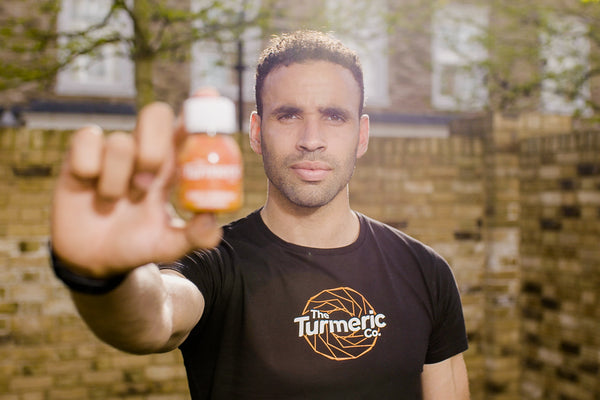
The Hal Robson-Kanu Guide To Fitness & Nutrition
Gain exclusive insight into habits that will make every day a healthy and fulfilling one.
